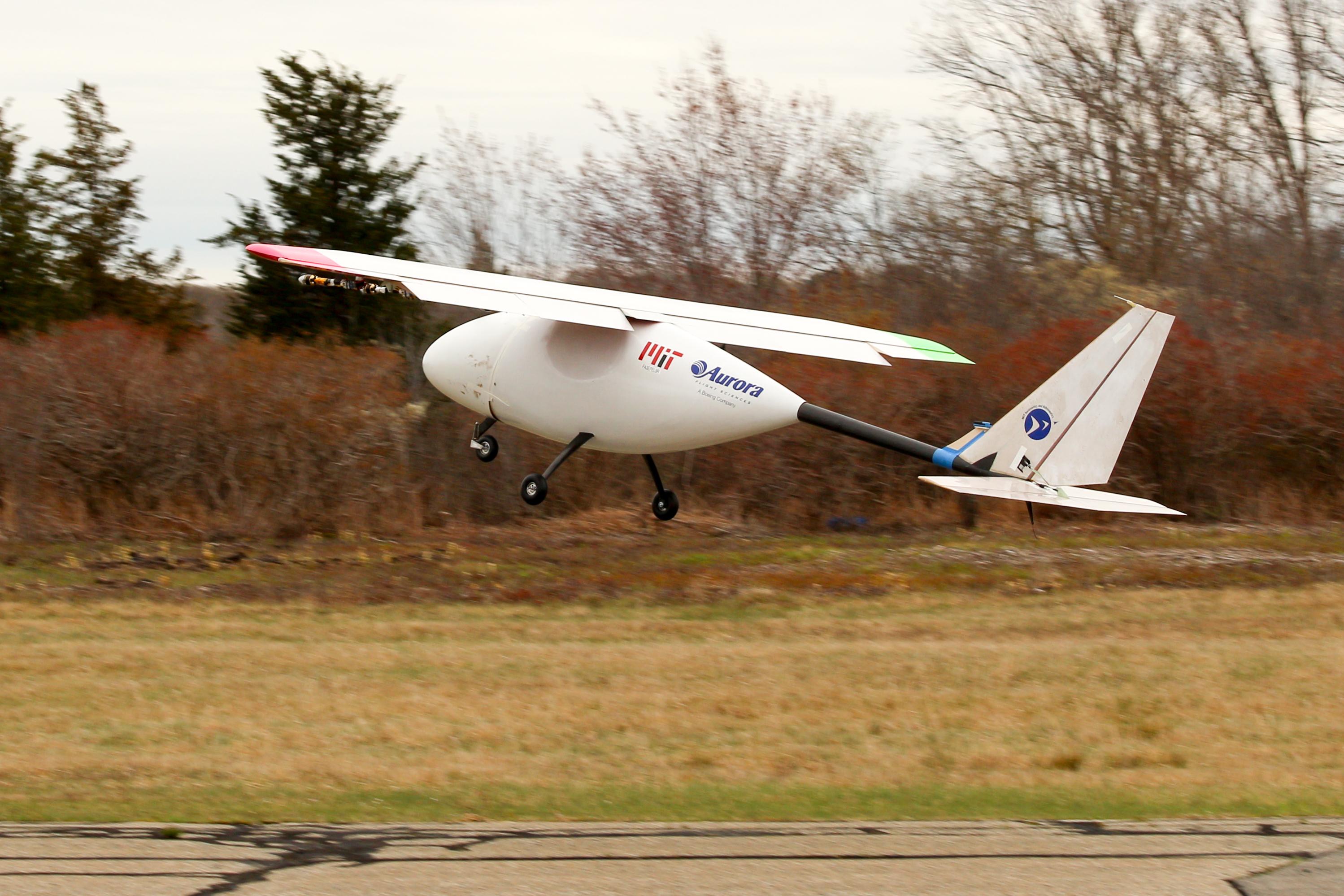
John Langford, founder and former CEO of Aurora Flight Sciences, is launching a new venture to develop hybrid-electric regional transport aircraft.
The new company, called Electra, is planned to launch this summer and is looking at a family of short-takeoff-and-landing (STOL) aircraft with from 4-6 to 35-40 seats.
Founded in 1989, Manassas, Virginia-based Aurora established a reputation for prototyping unmanned aircraft, autonomous systems and electric propulsion, but none of its projects even progressed into production. Langford sold the company to Boeing in 2017.
“I left Aurora and Boeing in January, and I’ve been working to start a new company focused on hybrid electric for regional mobility,” Langford told Aviation Week in an interview. “It’s virtual today, in the organizational stage and by the time the pandemic ends I hope we’ll be in a position to take it to the stage of a real in-person company.”
While other startups such as Ampaire, MagniX and ZeroAvia are starting by modifying existing certified aircraft to electric propulsion, Electra plans to develop all-new designs using distributed hybrid-electric propulsion to provide extreme STOL capability.
Langford is working with Mark Drela and John Hansman, professors at the Massachusetts Institute of Technology’s (MIT) department of aeronautics and astronautics. With support from Aurora, the MIT team built and flew a 1/3-scale unmanned model of the “super-STOL” (SSTOL) concept.
“At Aurora we did lots and lots of prototypes. What Electra is trying to do is not at all duplicate Aurora and be another prototype shop, but to actually be a product company,” Langford said. “My ideal would be to build a company like Pilatus—highly regarded in a meaningful niche in the market.”
While Langford is a believer in the urban air mobility market—which Aurora is pursuing through its Personal Air Vehicle two-passenger autonomous electric vertical-takeoff-and-landing project—he believes that full autonomy is essential for that market to be economically viable.
“And that is very much, in my belief, a job for a big company. That’s the appropriate thing for companies like Boeing and Airbus to be doing because it’s going to be a really big deal to get that certified,” he said. “Economically, I believe, you can’t operate at scale with pilots when you are carrying two people.”
Instead, Electra will target a perceived gap in the market between small, short-range urban air taxis and large, longer-range regional jets. “In between those two is a space that I think is regional mobility, at 50-500-mi. stage length, that is primarily dominated today by automobiles,” Langford said.
Electra plans to address that market gap with a combination of distributed hybrid-electric propulsion, powered lift for super-STOL performance and “some level of autonomy—although not full autonomy; what we are trying to do is single-pilot airplanes,” he said. The final piece of Electra’s plan is an Uber-style app for mobile devices to enable regional mobility on demand.
Key to Langford’s vision is the use of powered lift enabled by distributed electric propulsion to increase lift and low speed and allow the aircraft to take off and land “in a couple of hundred feet.” This will enable the aircraft to operate from small local STOLports but fly intercity distances.
Extreme-STOL aircraft could also be able to share heliports and vertiports with eVTOL air taxis, but offer better economics, Langford said. “When you look at the energy costs of doing VTOL versus some kind of super-STOL concept, super-STOL has a very large advantage and almost as good a balanced field length.”
Langford is funding the launch of Electra from money received for selling Aurora to Boeing but expects to have to raise “many hundreds of millions, probably approaching $1 billion” to take an aircraft through certification. “We definitely envision this taking place in a couple of rounds of investment.”
As a first step, the team plans to scale up the 1/3rd-scale unmanned model into a full-scale, two-seat concept demonstrator. This will likely be battery powered and will address the low-speed control challenges and, by carrying people, “show how powerful the hyper-STOL concept is,” he said.
Langford hopes to fly the demonstrator a year after COVID-19 pandemic restrictions are lifted. The team is in initial design of 4-, 9-, 19- and 35-seaters and conducting market studies to determine the first product. He expects the timescale for certification to be similar to that for the Pilatus PC-24 business jet, which took five years from launch to first delivery.





